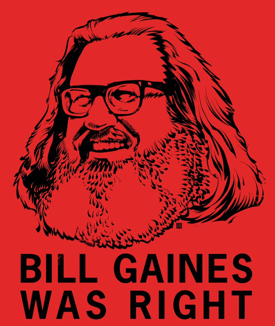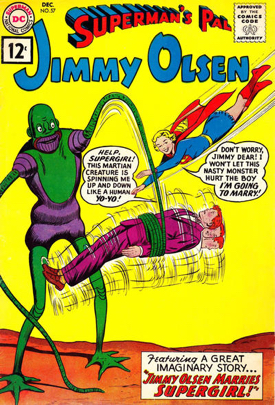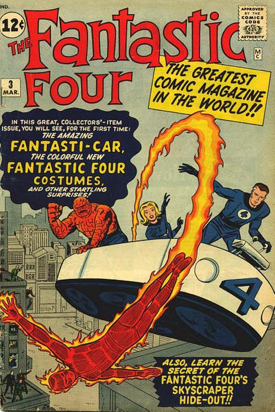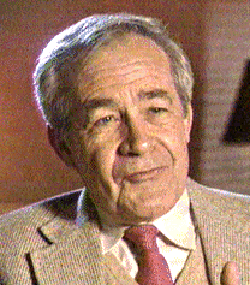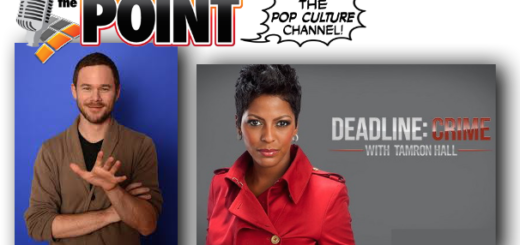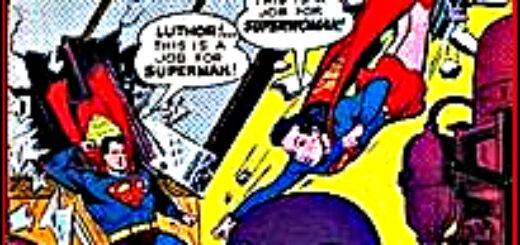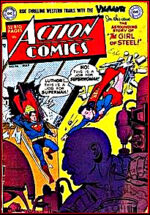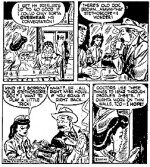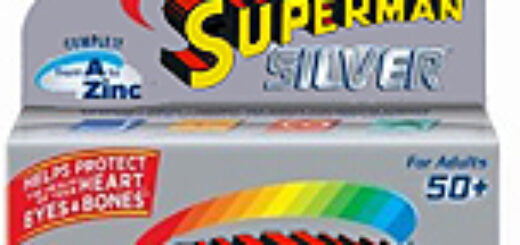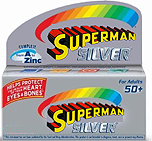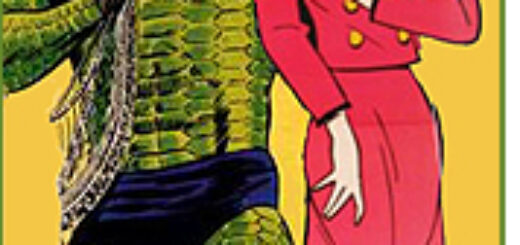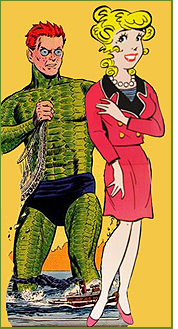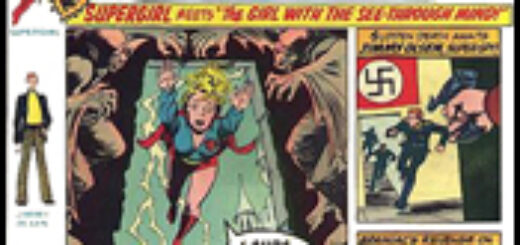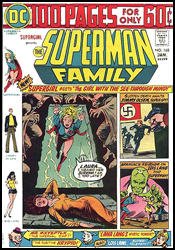THE LAW IS A ASS Installment # 440: DID SUPERMAN BOUNCE A CHECK

…And then he ducks the guns.
Last column we discussed what happens to those criminals on Adventures of Superman who shoot at Superman only to have their bullets bounce off him. Bottom line, they get charged with some crimes. But that’s just for shooting at Superman. There are still two very important questions that remain unanswered.
First, why did the invulnerable Superman, who already had bullets bounce off of him, duck when the bad guys threw their guns at him? Actually, we need to answer a question before that one – hey, if airplanes can pre-board, I can pre-first – namely did Superman actually duck a thrown gun?
From my research, inextensive though it was, I can say it definitely did happen. Once. In the first season episode “The Mind Machine.”
Theories abound, as to why Superman ducked but the one I think the best is that in parts of said scene, Superman wasn’t being played by George Reeves but by a stunt double named Dale Van Sickle. Van Sickle bore a slight resemblance to Reeves, but it wasn’t enough to survive close scrutiny. Or even the level of scrutiny you could get on those small, grainy, not-hi def, cathode-ray TVs of the 50s. If you study the scene, you’ll note that after the gunshots, Superman is standing erect and smoke obscures his face. That’s because it was the stunt double who nobody wanted you to see very well. Then, when the bad guy winds up to throw his gun at Superman, the Man of Steel avoidance ducked, again hiding his face. I think Superman ducked so that no one would notice the stunt double or that “Superman” wasn’t Superman.
The more-important question is this: if one of those bullets ricocheted off Superman and rabbitted into an innocent bystander could the criminals be brought up on charges for that injury? For once I have an easy answer for you. Yes.
With what crime could the criminals be charged? Okay, now we’re back to our usual complicated answers.
Before we can answer that question, we must answer another question or three. Such as, did the poor bystander die, or only get injured? Meaning is it homicide or assault? Then there’s, did the criminals know the bullets would bounce off of Superman? (Yes that again.) And finally, what were the criminals doing before Superman confronted them?
Let’s take the easy question first. If the bystander is only injured, then, irrespective of whether the criminals knew the bullets would bounce, the crime is going to be what the Model Penal Code calls aggravated assault.
Aggravated assault is knowingly causing bodily injury with a deadly weapon. A quick show of hands, how many of you think a gun is a deadly weapon? (Come on, it’s not a trick question, even Wayne LaPierre cops to that one.) But there’s a second prong to the definition, aggravated assault can also be recklessly causing serious bodily injury while showing indifference to others.
If the criminals knew the bullets would bounce off Superman, they knew a rebounding injury was as likely here as in a Basketball game. The law dictates that people intend the reasonably foreseeable consequence of their acts. So if the criminals knew the bullets would bounce like an inflated Bumble, they knowingly caused the reasonably foreseeable physical harm resulting from a bouncing bullet.
Even if the criminals didn’t foresee the bouncing bullets might hit another person, firing at something, or someone, that is going to make the bullets bounce when other people were around would be a reckless act showing indifference to others. Which constitutes an aggravated assault under the second definition.
If the criminals didn’t know the bullets would bounce then they thought they’d injure Superman and shooting at Superman would be aggravated assault. But, the bullets didn’t hurt Superman, they hurt a bystander. Ha! The law covers that possibility. The law may be an ass, but sometimes it’s smart enough to anticipate things.
The law anticipated this possibility with the transferred intent doctrine. If criminals intend to cause harm to person A but end up harming person B instead, the criminals’ intent to hurt A is transferred to the injury to B and the criminals are guilty of assaulting B. Because our criminals knowingly tried to injure Superman their criminal intent transfers to harming the bystander and they’re guilty of aggravated assault of the bystander.
What if the bystander dies? Obviously, we’re talking a homicide, but which homicide?
If the criminals didn’t know the bullets would bounce off Superman and thought they would kill him, then the criminals are guilty of aggravated murder or murder in the first degree; whatever that crime is called in Metropolis, other than antisocial. That’s because the criminals tried to kill Superman but ended up killing another person. Once again the transferred intend doctrine transfers the intent to kill Superman onto the unintended killing of the bystander.
If the criminals did know the bullets would bounce, then we have to know what the criminals were doing that attracted Superman’s attention. It’s not like Superman was flying around until he got bored then decided to go hassle some guys to see whether they’d shoot at him. No, true to their names, the bad guys were doing something bad and Superman was trying to stop them.
If the criminal were committing a major felony when Superman intervened, then the felony murder rule comes into play. Criminals who cause a death while committing a major felony like armed robbery or kidnapping – and most of the crimes in Adventures of Superman involved one or both of those; especially kidnapping Lois Lane (Adventures_of_Superman) or Jimmy Olsen (Adventures_of_Superman) – commit first degree murder under the felony murder rule. This is true whether the deceased is the original victim or a bystander.
If the underlying crime was a lesser crime that wouldn’t trigger the felony murder rule, we’re in the realm of manslaughter. In some states, like Ohio, causing a death while committing a felony or misdemeanor that didn’t trigger the felony murder rule is an involuntary manslaughter. So if the criminals were committing a minor crime and killed someone by shooting at Superman, the criminals would be guilty of an involuntary manslaughter.
But what about Superman? Can he be brought up on charges for allowing bullets to bounce off of him and strike a bystander? A criminal charge of negligent homicide could apply to a person who allows another person to die through negligence. Superman allowing bullets to bounce off him without checking to make sure other people weren’t around is probably negligent homicide, provided a prosecutor wanted to risk reelection by bringing Superman up on charges. Nowadays, to prevent the possibility of Superman negligently killing someone, Superman either melts the bullets with heat vision or plucks them out of the air.
But what if Superman intentionally kills someone by, say, snapping his neck in battle?Oh no! Once was enough. I’m not going there again!


